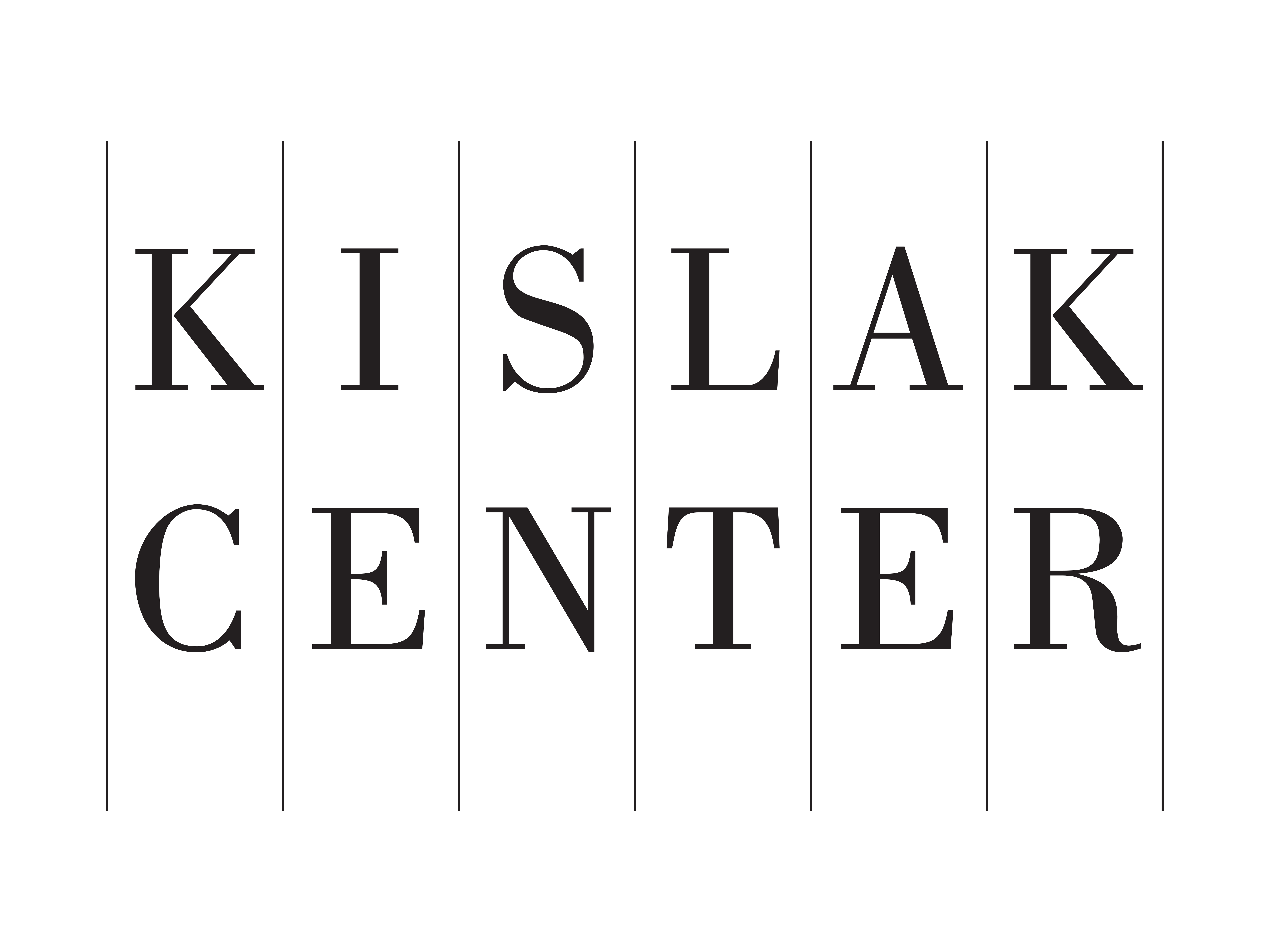Culture and Change in the Early Americas
May 20, 2018–January 31, 2021
Kislak Center

Culture and Change in the Early Americas
Culture and Change in the Early Americas, the inaugural exhibition at the Kislak Center, presents America’s history through books, maps, manuscripts, documents, and objects. The exhibition includes Pre-Columbian artifacts created for use in rituals, worship, and games, or to record history, using a wide range of media: pottery, textiles, silver, gold, shell, wood, and stone.
Under European domination, indigenous peoples were subjected to profound changes in their lives and traditions. European diseases devastated their populations, and the conquering powers exploited native labor and expropriated land throughout the colonial period and Westward expansion in the United States. Christianization was often cruel and destructive. Their survival threatened, they began a process of adaptation that continues in our time, with art, history, memory, language, legends, and rituals continuing to link contemporary Native American communities to their ancestors.
Among the stunning objects in the exhibition are exquisitely crafted gold, ceramic and feather artworks that give a revealing glimpse into the ancient spiritual traditions of the Maya, the Taíno, and other indigenous civilizations. Interactive displays let visitors explore Martin Waldseemüller’s famous 1507 and 1516 maps of the world, groundbreaking cartographic masterpieces that were the first to show the Americas; and the 1635 Historae Naturae, the first encyclopedia of American plants and animals, in which fantastic creatures like a “nameless animal with lethal breath” and a “bird of paradise” in perpetual flight show the wonder and frequent misunderstanding with which the Old World saw the New.
In a rare copy of Bartolomé de las Casas’s 1552 tract Entre Los Remedios, the heroic priest denounced the Spanish cruelty inflicted on the indigenous Americans and pleaded with the Crown to protect and convert them to be good Christians. British abolitionist Thomas Clarkson’s famous 1808 illustration shows the horrifying way enslaved people were packed on ships, a crucial image in the campaign that led to Britain abolishing slavery. A very popular section of the exhibit explores the Meso-American ballgame that was both a religious ritual representing a struggle between the gods of heaven and the lords of the underworld, and a blood sport which sacrificed the captain of the losing team.
Culture and Change in the Early Americas shows us the unpredictable, complex ways that civilizations evolve and incorporate new influences; and the resilience of native and enslaved peoples whose culture endures despite oppression. It is a fascinating journey through the multi-faceted history of the Americas, and a celebration of the many Latin American and Caribbean communities whose stories continue to play out in Miami.
Culture and Change in the Early Americas, installation view, Kislak Center, Freedom Tower at Miami Dade College, May 20, 2018–January 31, 2021. Photo by Cristian Lazzari. © Museum of Art and Design at MDC.
Culture and Change in the Early Americas, installation view, Kislak Center, Freedom Tower at Miami Dade College, May 20, 2018–January 31, 2021. Photo by Cristian Lazzari. © Museum of Art and Design at MDC.
Culture and Change in the Early Americas, installation view, Kislak Center, Freedom Tower at Miami Dade College, May 20, 2018–January 31, 2021. Photo by Cristian Lazzari. © Museum of Art and Design at MDC.
